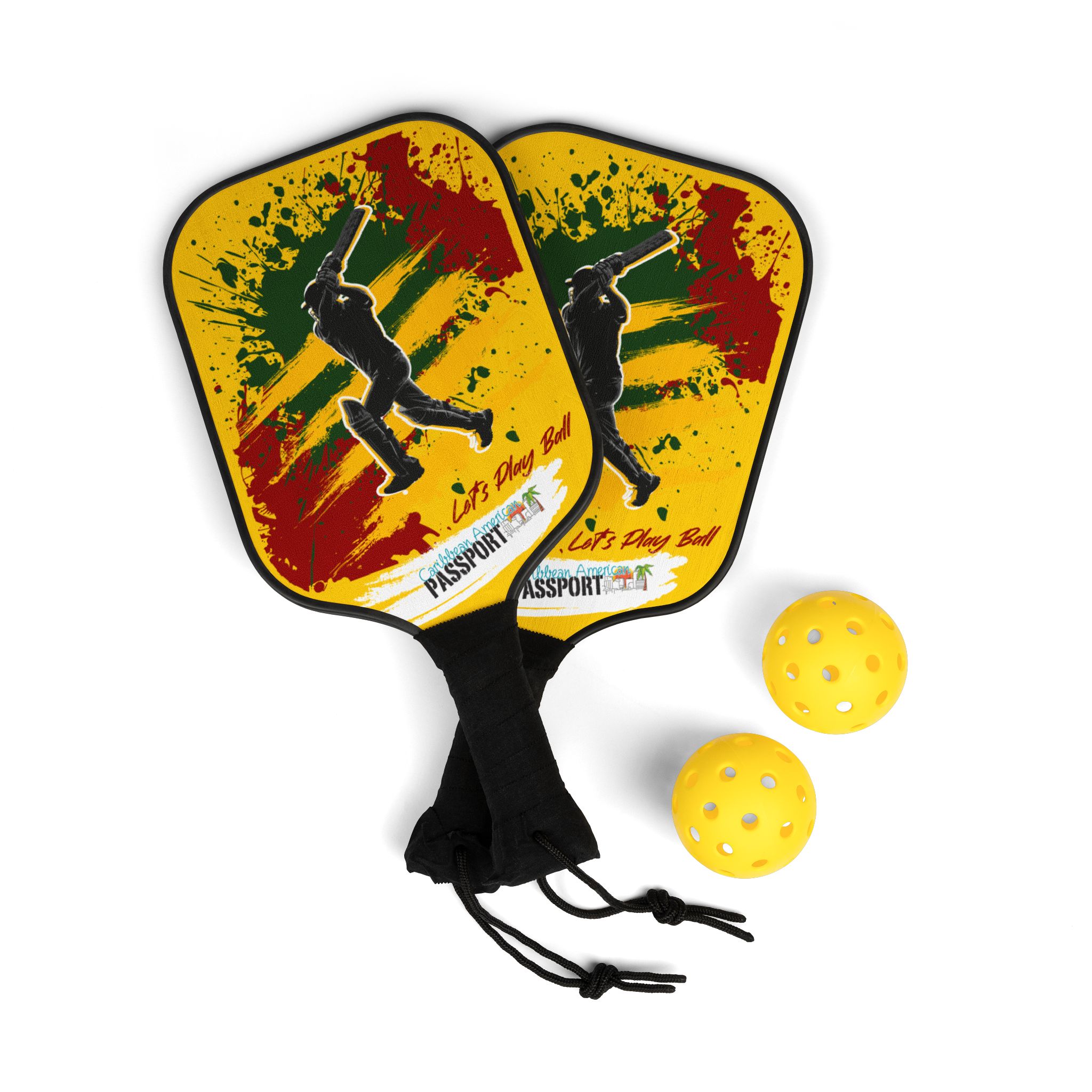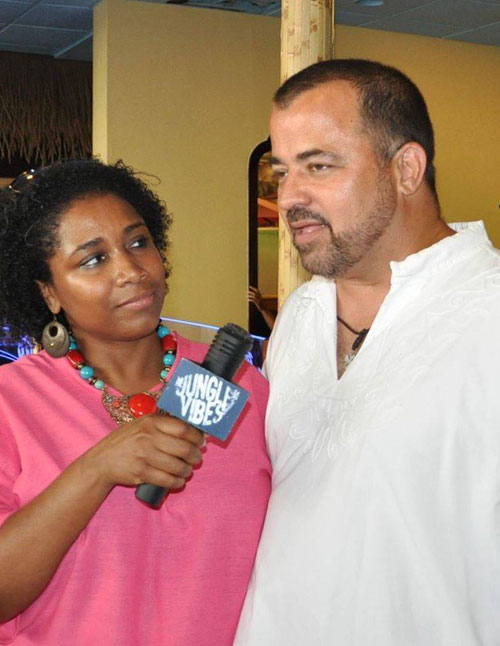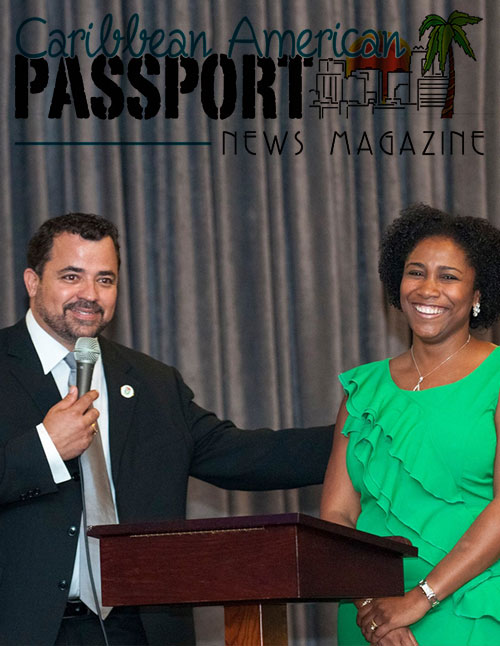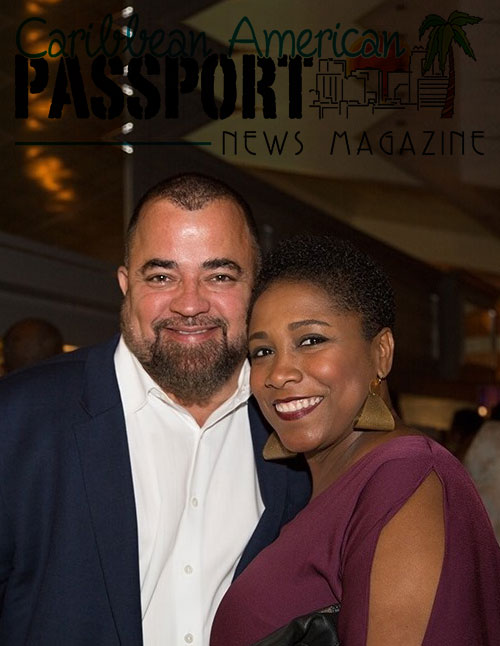Trinidad and Tobago, a twin-island nation nestled in the southern Caribbean, is renowned for its rich cultural tapestry, stunning landscapes, and warm hospitality. However, when it comes to festivities, nothing quite captures the spirit and essence of the nation like the Trinidad and Tobago Carnival. This annual extravaganza is a spectacle of color, rhythm, and exuberance, drawing visitors from around the globe to partake in its festivities.
Shop
Origins and Evolution
The roots of the Trinidad and Tobago Carnival trace back to the island's colonial past, blending African, European, and Indian influences. Initially introduced by French settlers in the 18th century, the carnival evolved over time, incorporating elements of African masquerade traditions, French ballroom dances, and East Indian celebrations.
One of the defining features of the Trinidad and Tobago Carnival is its fusion of cultures, reflecting the island's diverse heritage. From the rhythmic beats of African drumming to the elaborate costumes inspired by European masquerade balls, the carnival encapsulates the cultural mosaic of the nation.
Preparations and Festivities
Preparations for the carnival begin months in advance, with communities organizing costume design workshops, calypso competitions, and steel pan rehearsals. The festivities officially kick off in January with the opening of the Carnival season, marked by a series of events leading up to the grand finale in February or March.
Central to the carnival experience are the vibrant street parades known as "Masquerade Bands" or simply "Mas." These bands comprise revelers adorned in elaborate costumes, dancing through the streets to the pulsating rhythms of soca music. Each band showcases its unique theme, from mythical creatures to historical figures, creating a kaleidoscope of colors and textures.
Another highlight of the carnival is the electrifying calypso competitions, where local artists compete for the title of Calypso Monarch by delivering witty and socially conscious lyrics set to infectious melodies. Calypso, often referred to as the "soul of the carnival," serves as a platform for social commentary, addressing issues ranging from politics to social justice.
Steel Pan Music: The Soundtrack of the Carnival
No discussion of the Trinidad and Tobago Carnival would be complete without mentioning steel pan music, the national instrument of the nation. Born out of the ingenuity of Trinidadian communities in the early 20th century, steel pan music has become synonymous with the carnival, infusing its rhythms into every aspect of the festivities.
During the carnival season, steel pan orchestras, or "steel bands," take center stage, showcasing their musical prowess in competitions and street performances. From traditional calypsos to contemporary soca hits, the steel pan provides the infectious rhythms that fuel the revelry, enticing both locals and visitors to dance along.
The Trinidad and Tobago Carnival stands as a testament to the resilience, creativity, and cultural vibrancy of the nation. Beyond its dazzling spectacle and infectious energy, the carnival serves as a celebration of identity, heritage, and unity, bringing together people from all walks of life in a spirit of camaraderie and joy.
As the sun sets on another carnival season, the memories of vibrant costumes, pulsating rhythms, and infectious laughter linger, reminding us of the enduring legacy of this beloved tradition. In Trinidad and Tobago, the carnival is more than just a festival; it is a celebration of life itself, a testament to the enduring spirit of a nation steeped in culture and tradition.


















